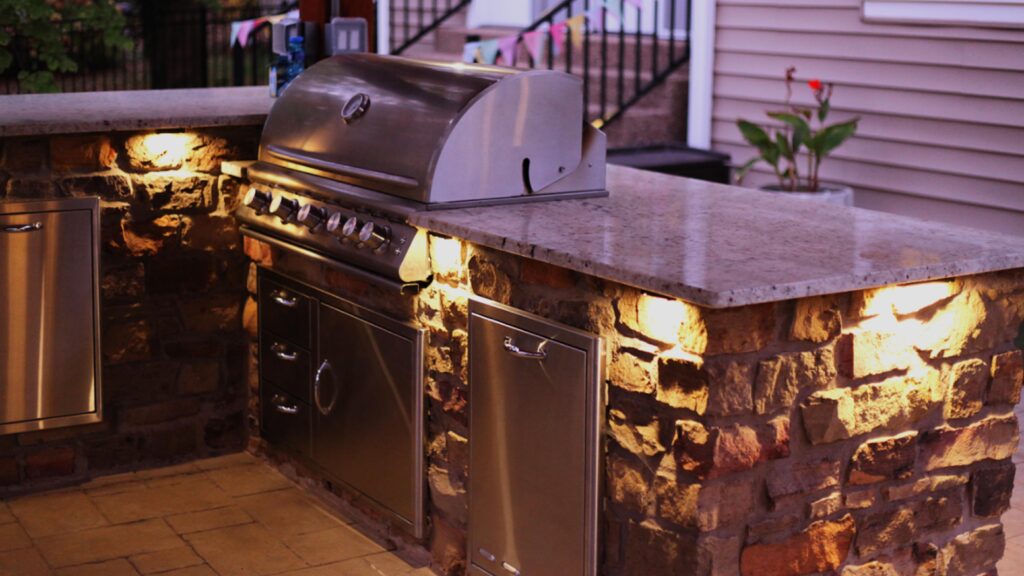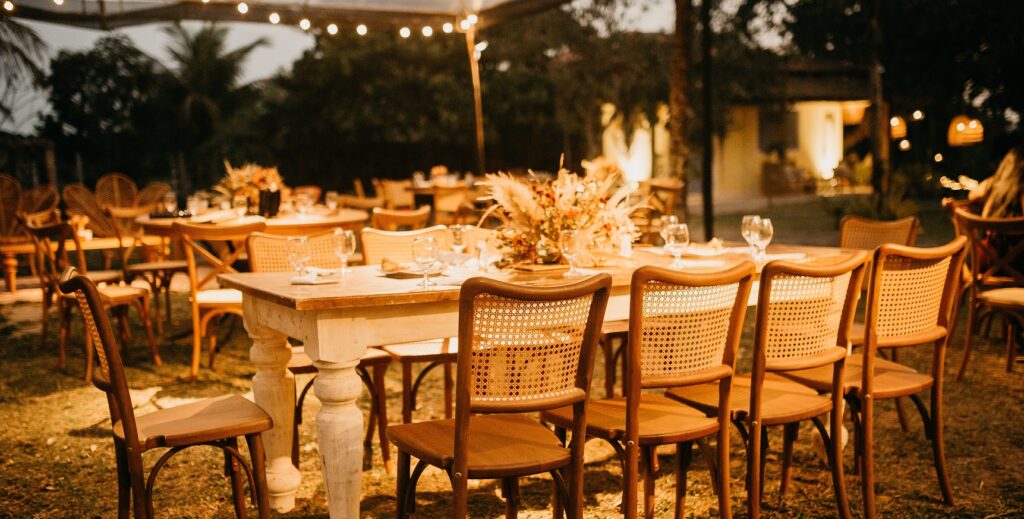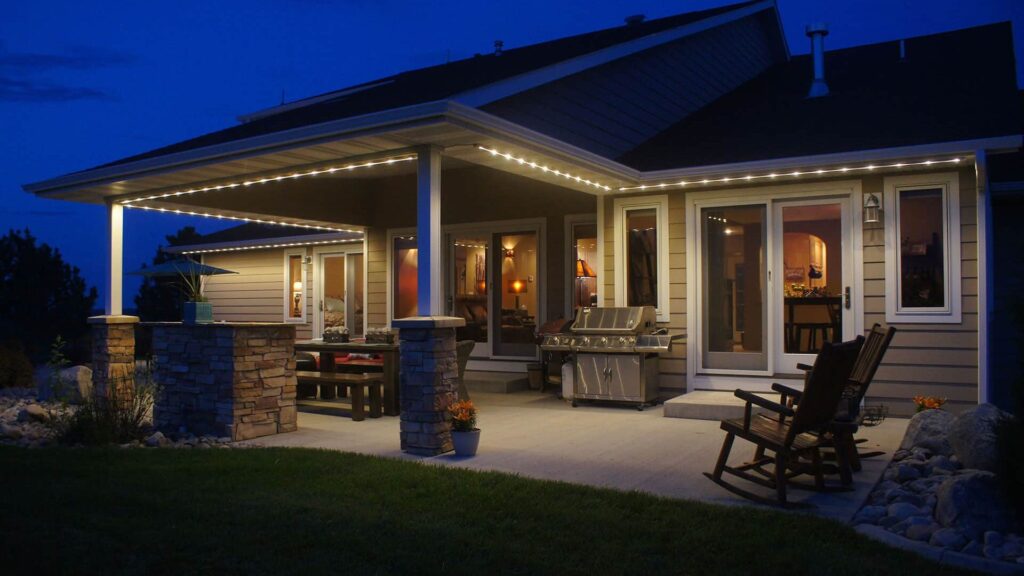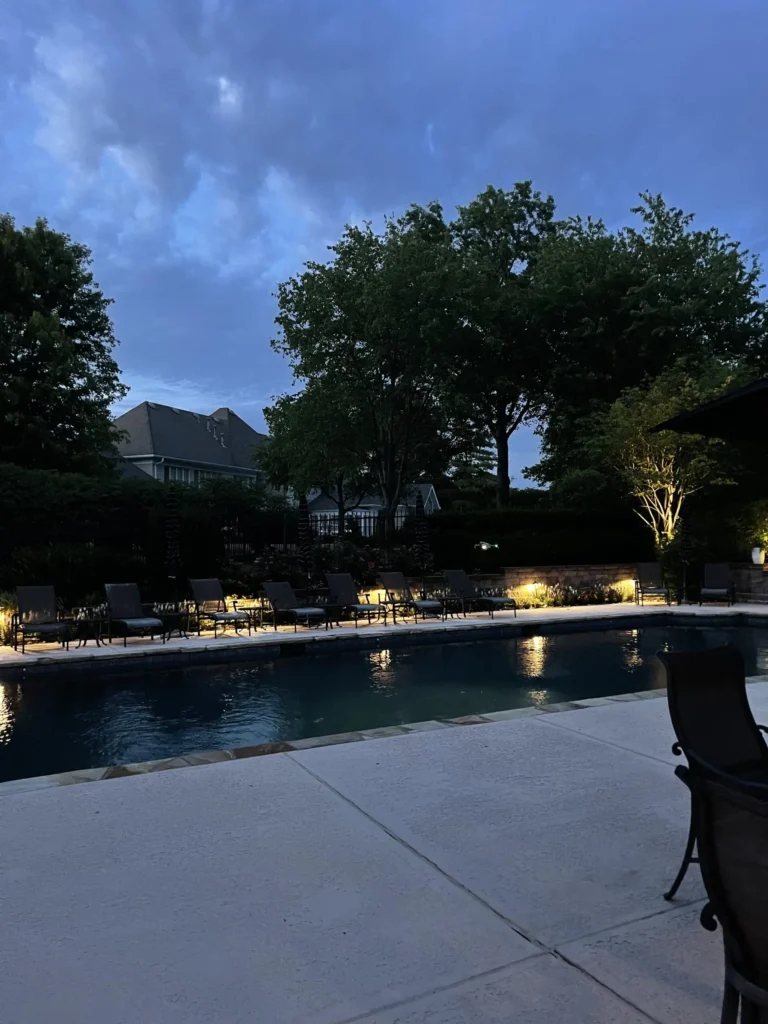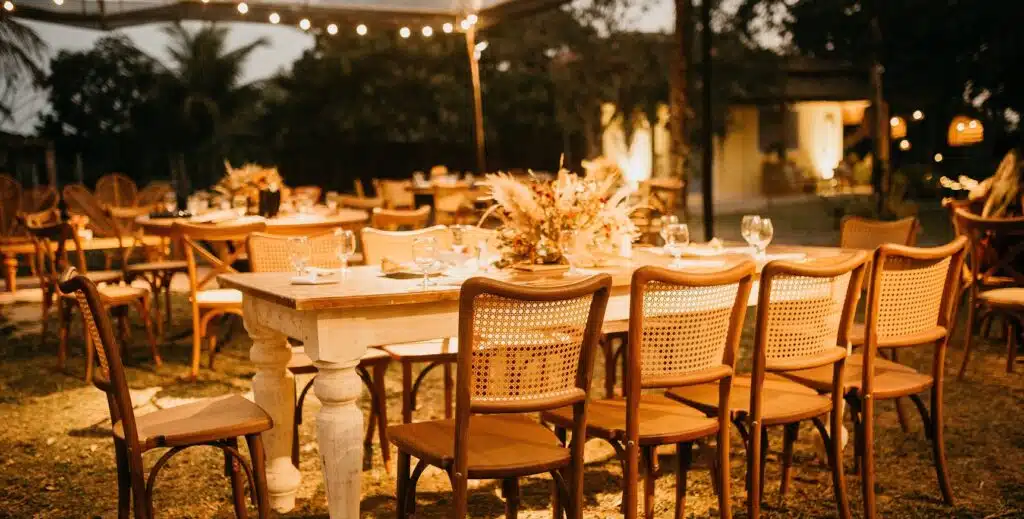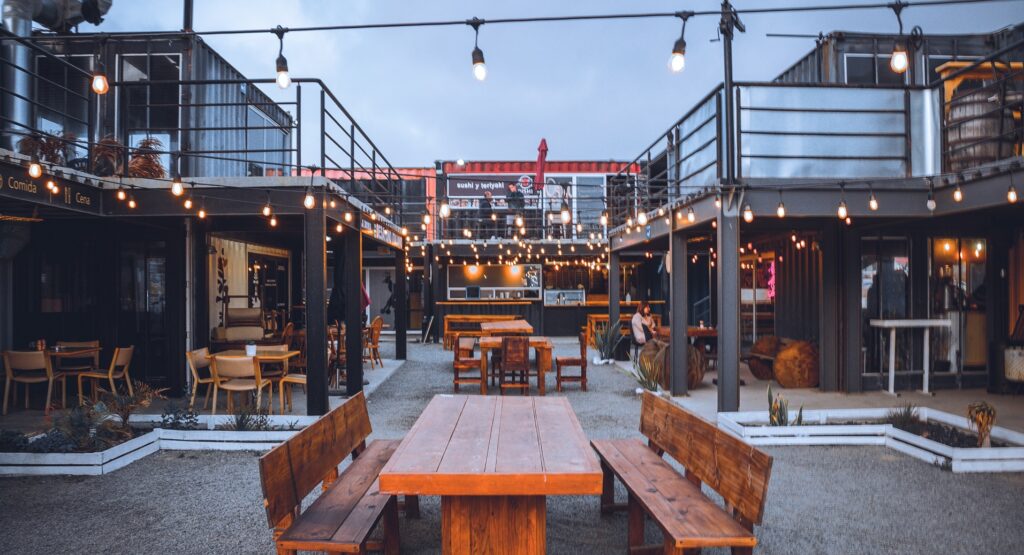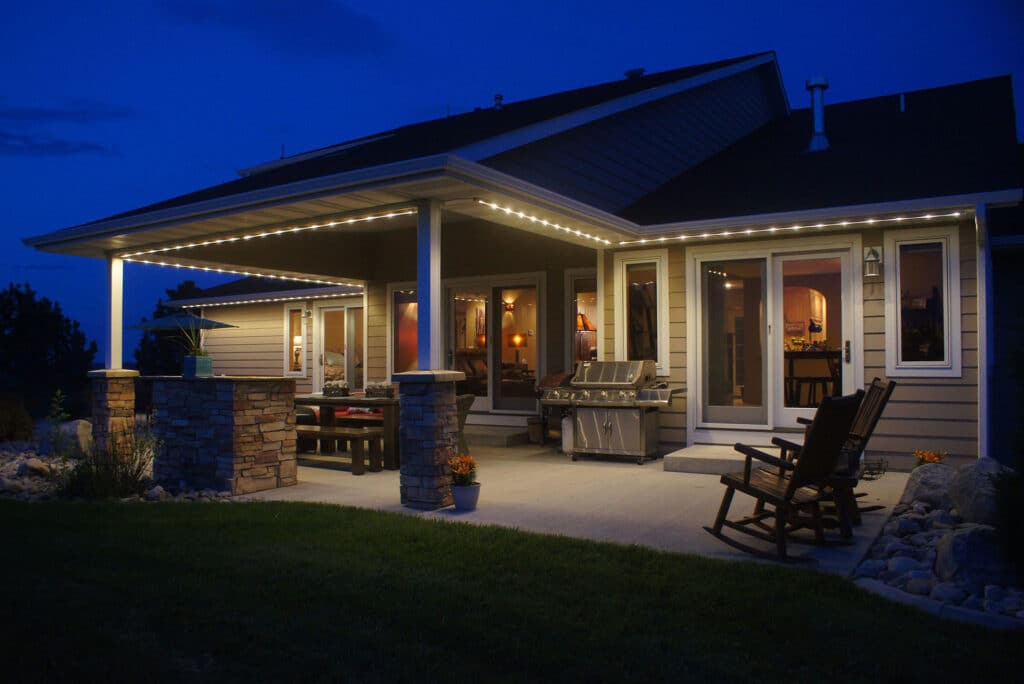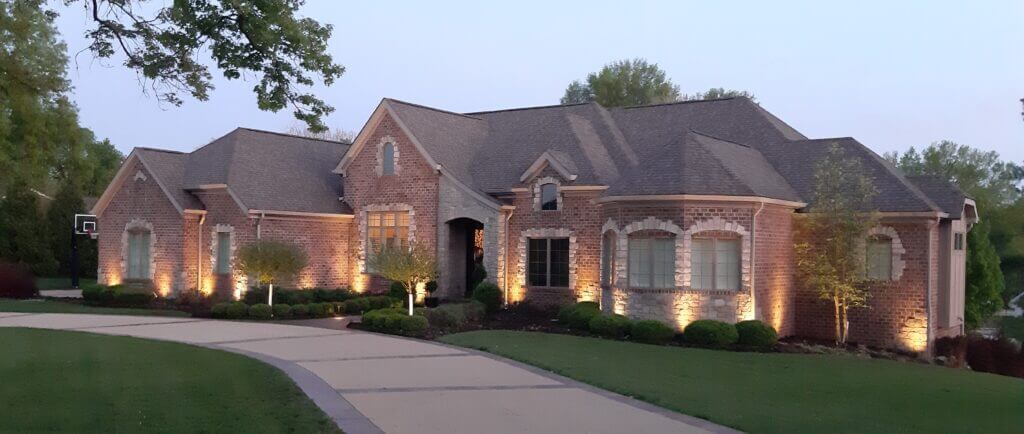Maintenance







Contact Outdoor Lighting Solutions
Contact Outdoor Lighting Solutions
Outdoor Lighting Solutions LLC has been installing, repairing and servicing low voltage landscape lighting systems in the St. Louis area for well over 10 years now. Our experience ranges from small private residences, large estates, community entrances and commercial buildings.
We are privileged to stay on the cutting edge of landscape lighting advancements. We’re always educating ourselves with training, updating our certifications and getting any new staff fully certified. You’ll find us to be one of the most experienced and highly certified firms in St. Louis.
We welcome your call whether it’s a question, need for service or repair, an inquiry about designing or installing an irrigation, or lighting, system. We’d be honored to put our experience to work for you.


